JetBrains Aqua – The IDE for Test Automation.
Web Inspector
Aqua’s embedded Web Inspector generates a unique CSS or XPath locator for a selected element on a web page and adds it to the source code. When Web Inspector is active, CSS and XPath code completion suggests and highlights locators for the most important web page elements.
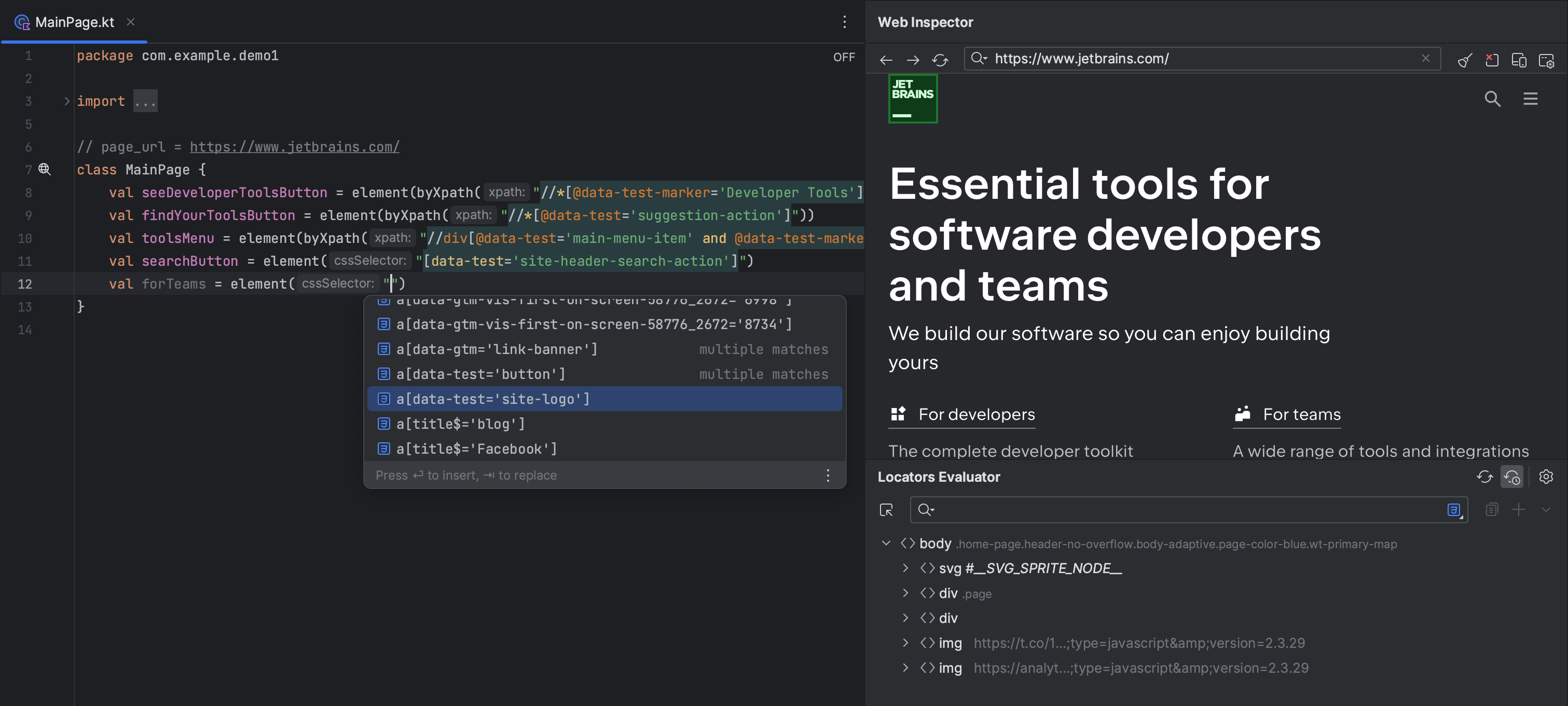
HTTP client
You can easily create and edit requests in Aqua’s built-in HTTP client and receive extensive code assistance, including code completion, highlighting, refactoring, and more.
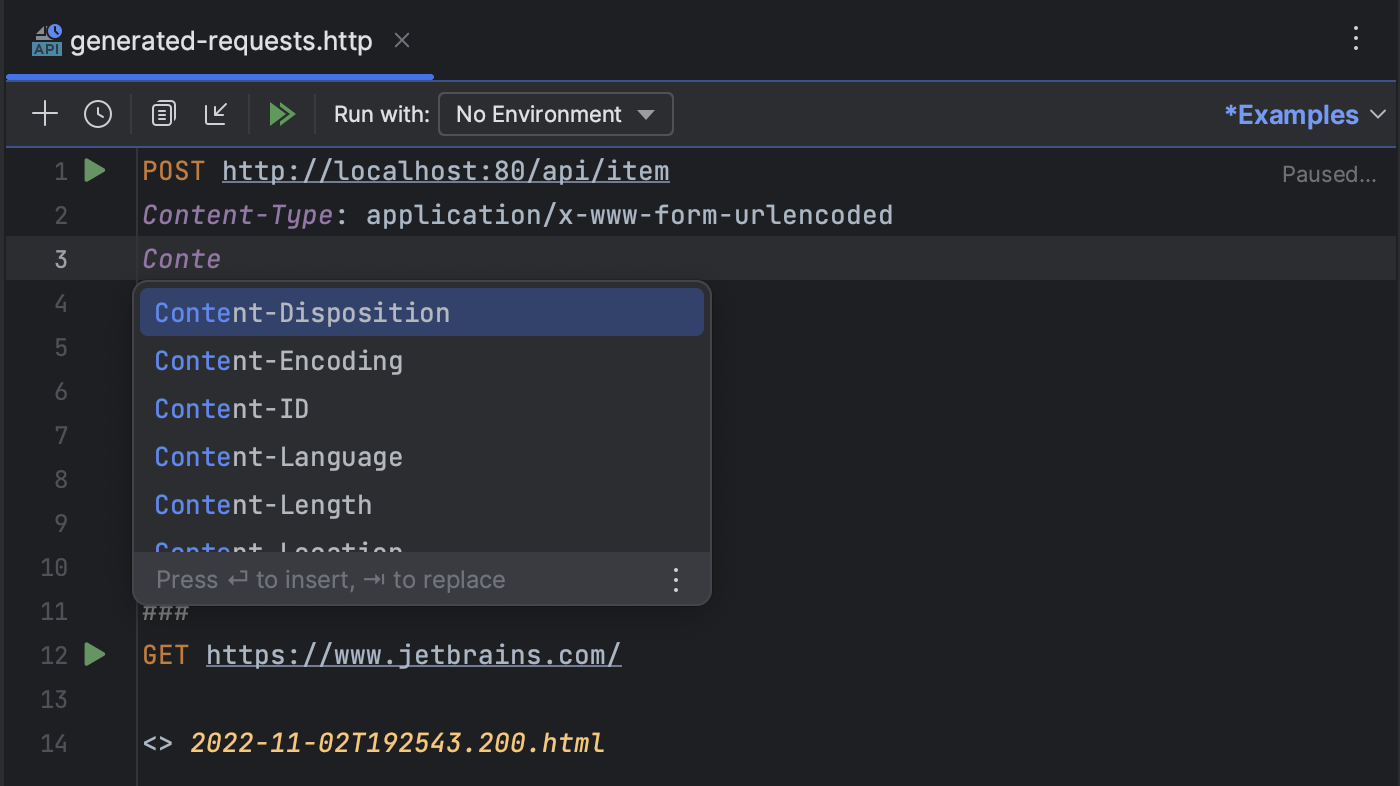
AI Assistant Paid
With AI Assistant, you can create UI tests and generate page models directly from web pages opened in Web Inspector. AI Assistant generates code tailored to the selected framework and programming language, including key web page elements. You can then copy this code and insert it into an existing file or add it to a new one.
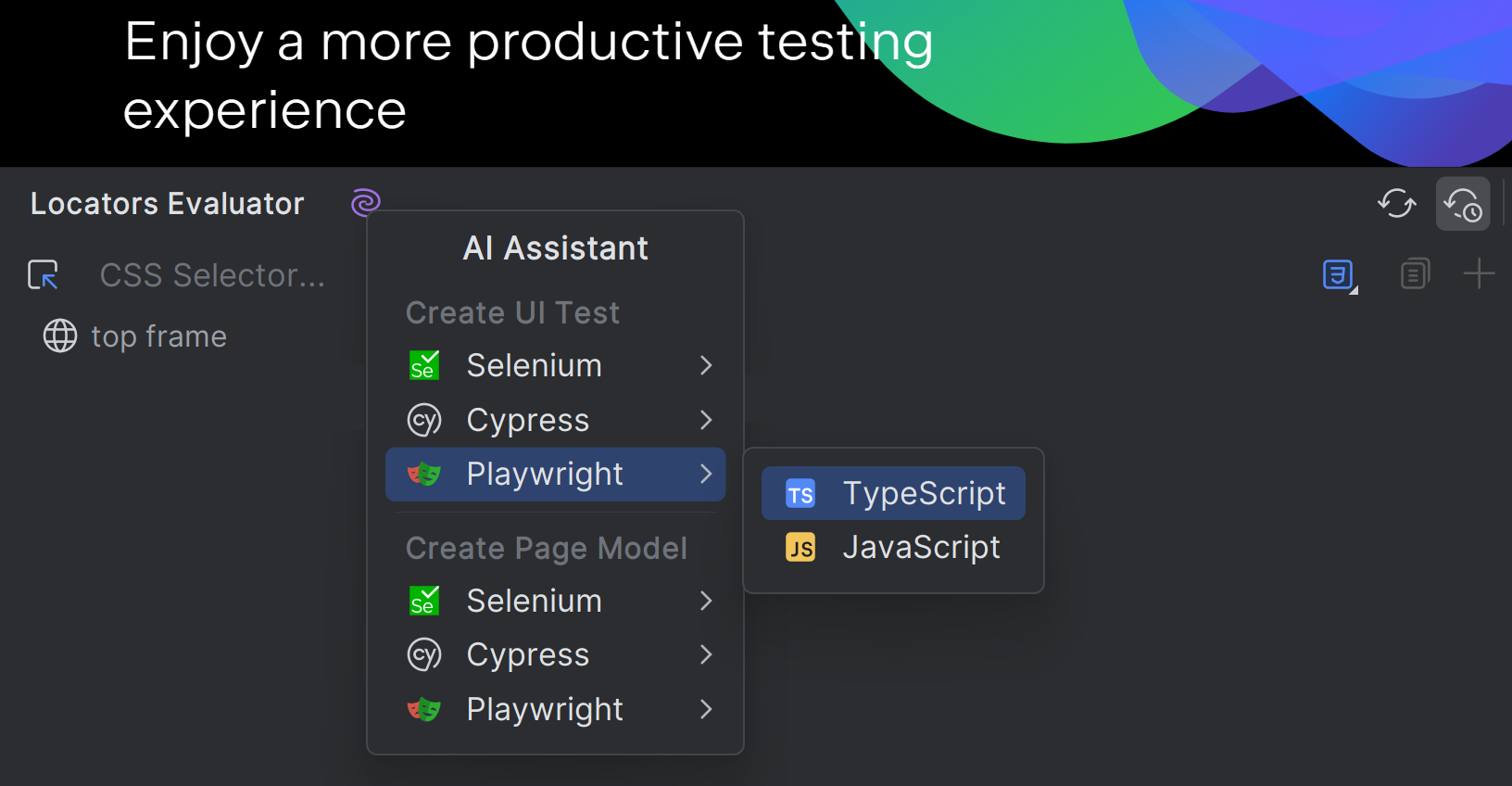
Docker
With Aqua, you get access to your Docker containers, allowing you to run and debug them, download and build images, and run multi-container applications.

Database
You can seamlessly handle multiple databases, develop SQL scripts, and perform low-level data assertions in the IDE. Aqua provides connections to live databases, runs queries, exports data, and allows you to manage schemes in a visual interface. This means you can access Oracle, SQL Server, PostgreSQL, MySQL, and other databases directly from the IDE.

Test management systems
We have added annotations to support test report tools, such as Allure Framework, or built-in test framework mechanisms, such as Serenity BDD. The IDE allows you to open issues or test management system cases in a web browser by clicking on the issue IDs.
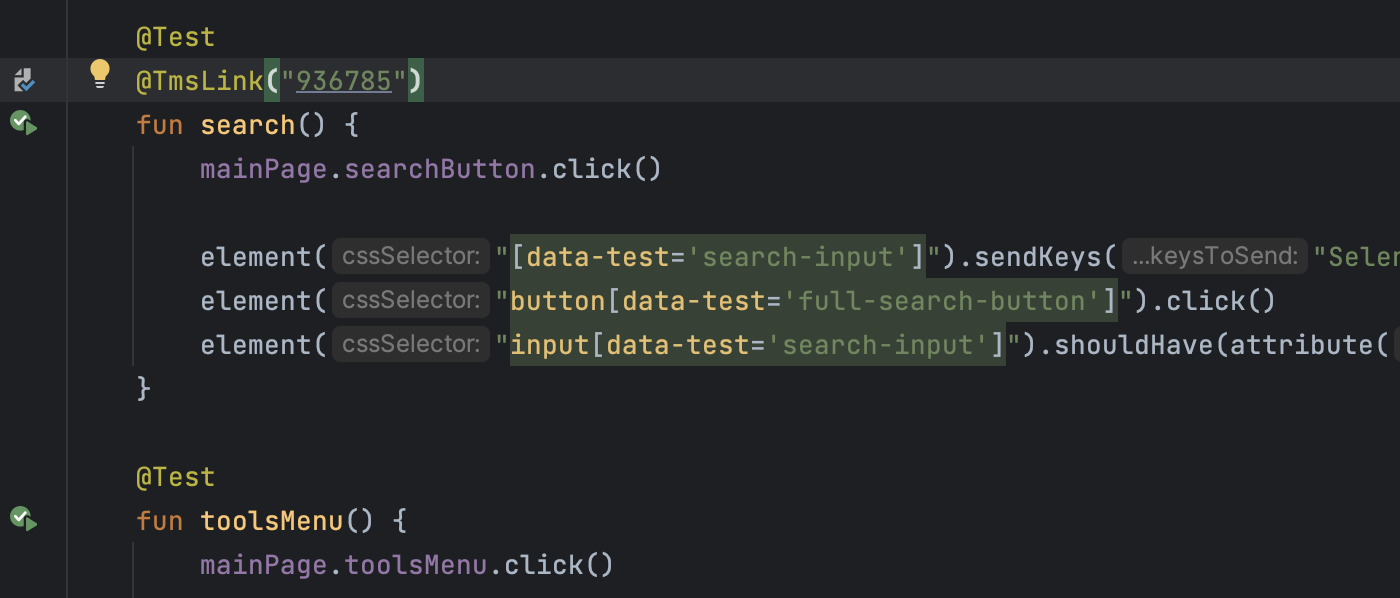
Unit test frameworks
Create and run tests with coding assistance and a GUI-based test runner. With JetBrains Aqua you can write, run, and debug unit tests using JUnit, TestNG, pytest, Jest, Mocha, and other popular frameworks. Reviewing the test results inside the IDE allows you to navigate to the test source easily in a tree view.
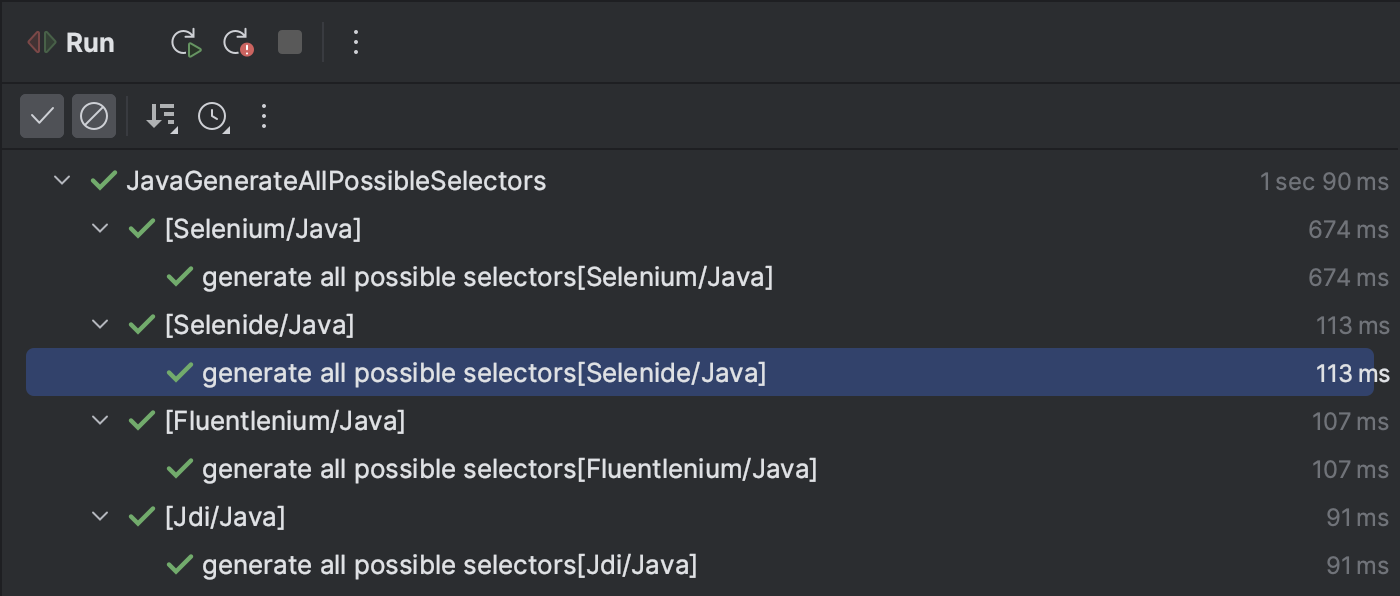
New Project wizard
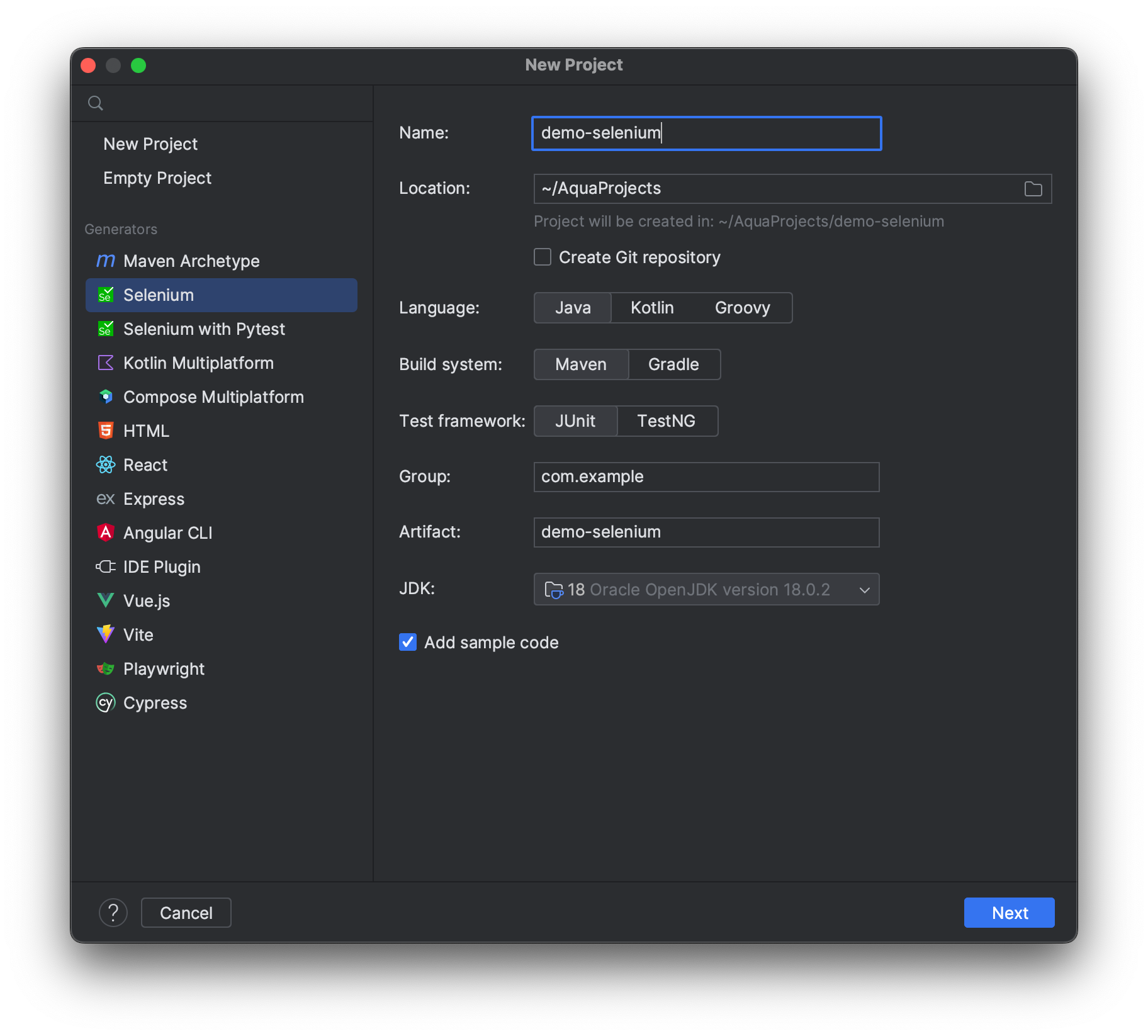
Aqua can generate a new UI test project for the JVM stack, allowing you to specify the JDK, build tool (Maven or Gradle), test runner (JUnit or TestNG), and language from the New Project wizard.
Page Object templates
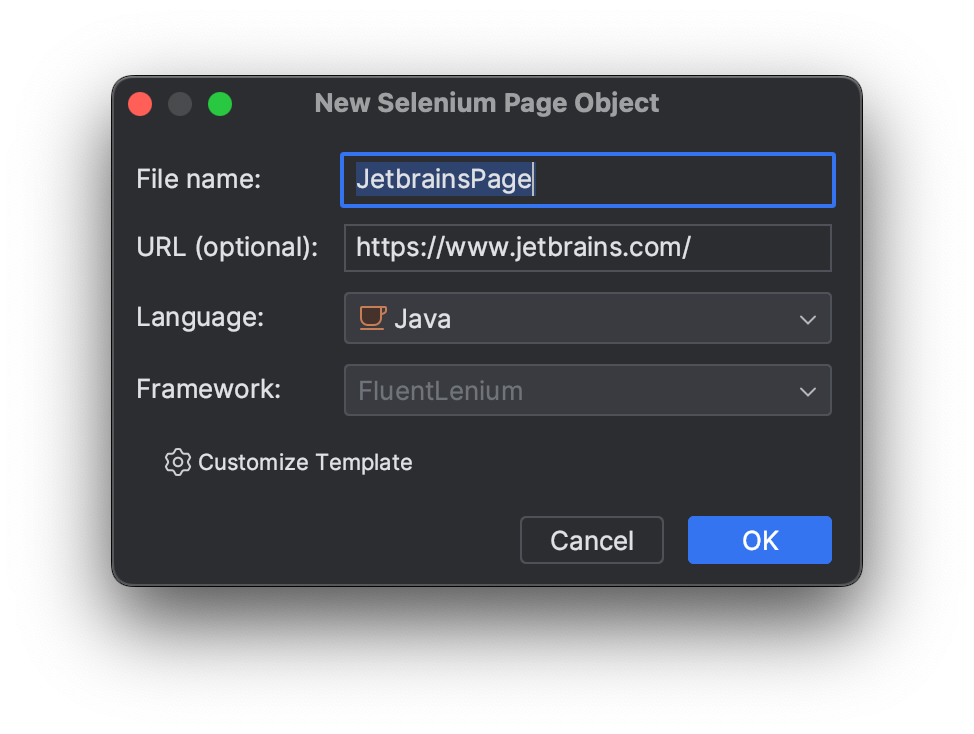
When following the Page Object Model pattern, the IDE helps you create and maintain new page object files from the New File menu and respects the selected page object pattern when adding locators.